European Pear : PARAGON Semi-Dwarf (OHxF87) (Orchard Grade)
$37.95
An 'orchard grade' is a tree that may be somewhat shorter, slightly crooked, or a bit scratched, or for some other reason is not a perfect front lawn specimen. These trees will work just as well in an orchard as a first or number one would, since they still produce the very same fruit.
Meet Paragon, a virtually unknown pear, who recently edged out Bartlett, to top the ‘overall liking’ list in a consumer preference study at the Oregon State University. In the 2021 project they had 219 die-hard pear lovers sampling 23 different varieties. They examined attributes ranging from taste to texture and juiciness to woodiness, with the ‘overall liking’ score measuring the participants’ gut reaction after biting into a slice of the fruit. Now that our own Paragon has started fruiting our gut reaction agrees with the Oregon study. Despite it’s unassuming appearance, this pear is a standout – juicy, honey-like sweet flavour, buttery texture, with thin, palatable skin. Paragon is a cross of Comice x Max Red Bartlett. Large green fruit turns yellowish with ripening and will store up to four months.
NEEDS A POLLENIZER | ZONE 4/5 | HARVEST: LATE SEPT.
Only logged in customers who have purchased this product may leave a review.
Growing Tips
All European (regular) and Asian pears will pollinate each other providing their bloom times overlap. Generally you can go by the expected harvest time, meaning only the very early and the very late might not be compatible with each other. However, since Asian pears, on average, bloom earlier than Europeans, you might pair an early European with a mid or late Asian.
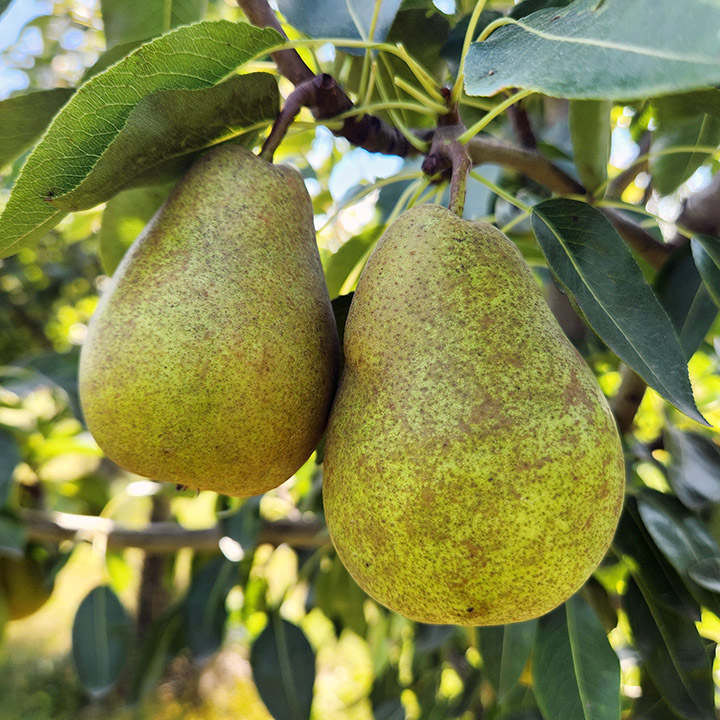
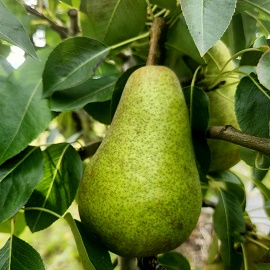


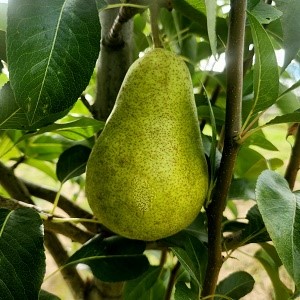
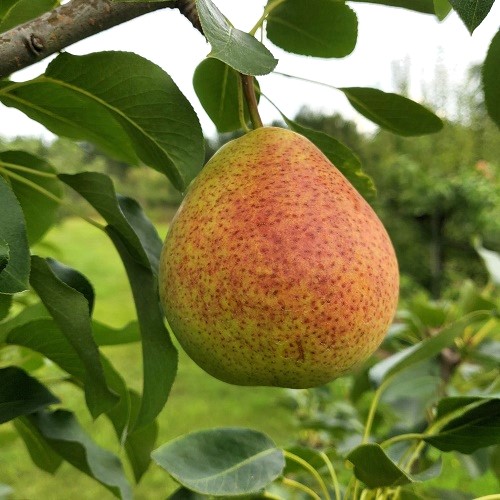
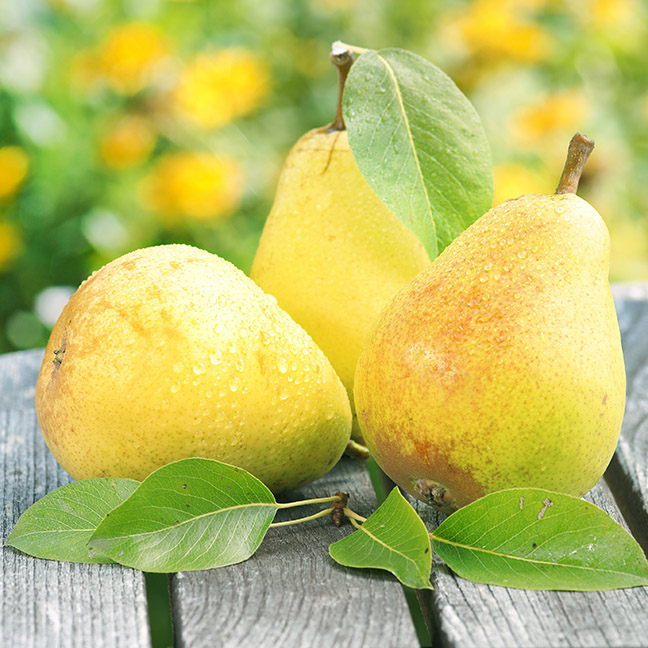
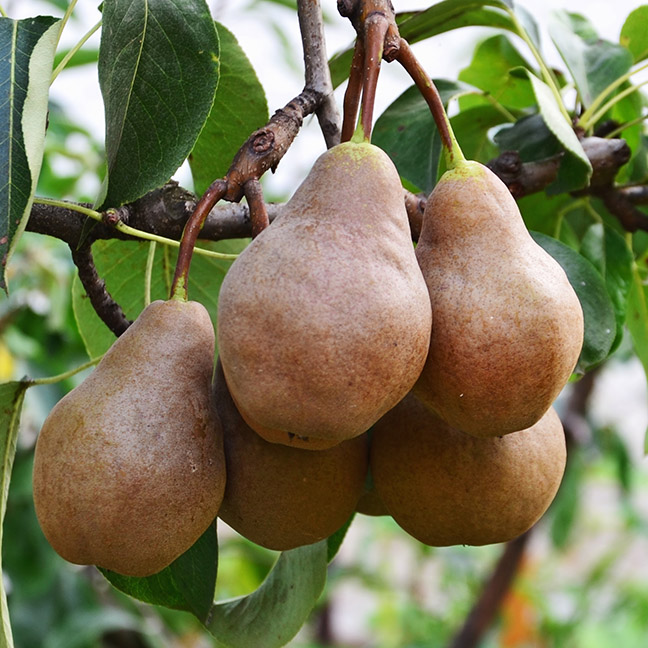

Reviews
There are no reviews yet.